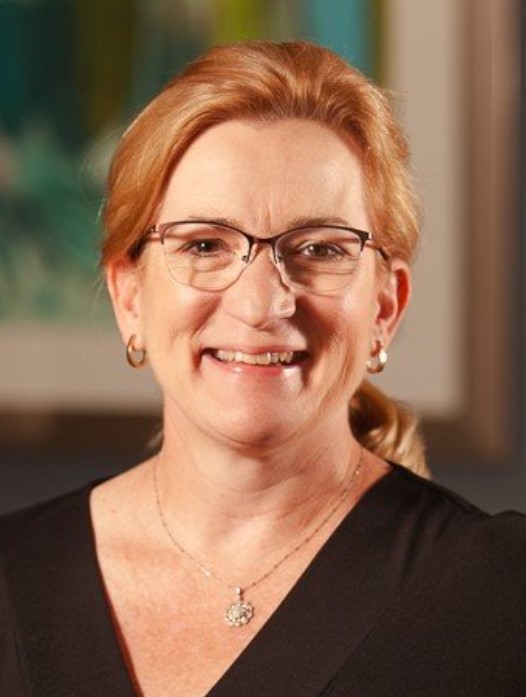As the healthcare landscape continues to evolve, providers across the continuum of care are rethinking how they deliver value. For senior living operators, staying ahead means more than adapting to policy shifts. It demands a commitment to operating models that prioritize outcomes, drive efficiency, and enhance the well-being of those receiving care. Across the continuum of care, value-based models help improve clinical outcomes and reduce the total cost of care.
Fee-for-service vs. value-based care: what’s driving the shift?
A fundamental change is underway in how skilled nursing providers are reimbursed for care. The industry is moving away from volume-based payments and toward models that prioritize value.
Historically, the fee-for-service model dominated care delivery. Under this structure, providers were paid based on the number and type of services delivered, regardless of patient outcomes. While straightforward to administer, this model created incentives for higher utilization, not necessarily better care, and often overlooked the quality or effectiveness of services provided.
Value-based care turns that model on its head. It ties reimbursement to performance metrics such as improved recovery rates, fewer hospital readmissions, and overall cost efficiency. By aligning payment with patient outcomes, value-based care encourages a more coordinated, proactive approach to treatment—aiming to deliver better results while reducing the total cost of care.
Liz Jensen
Clinical Director
“CMS has been testing and driving us towards more value-based care payment models for many years. By tying payment and incentives to population health metrics and outcomes, CMS expects these alignments to reduce healthcare costs. ”
How Medicare Advantage and Medicaid value-based payments affect senior living operators
With the majority of skilled nursing revenue derived from Medicare and Medicaid, any policy change in these programs sends ripples through the industry. Today, more than half of Medicare beneficiaries are enrolled in Medicare Advantage plans, a key driver of value-based care. Simultaneously, state-developed Medicaid value-based payment programs are increasingly shaping reimbursement for Skilled Nursing Facilities, further complicating Medicare and Medicaid payment strategies. These programs require enhanced care coordination, improved clinical outcomes, and often involve lower per-day reimbursement rates.
This poses challenges for providers already operating with narrow margins. However, it also presents a powerful opportunity: operators that demonstrate measurable success in delivering quality outcomes can stand apart and secure stronger payer relationships.
Driving clinical outcomes through strategic procurement in value-based care
In today’s value-based care environment, procurement has become a strategic lever for better outcomes. Senior Living providers are selecting products and services that go beyond cost savings to support clinical workflows and operational efficiency.
Intentional technology designed to augment and streamline clinical workflows are increasingly being adopted. For example, upgrading to DS smart® brings automation, faster vitals capture and more accurate data—enabling better clinical decisions. Similarly, pac-IQ® streamlines referral workflows, allowing providers to allocate time towards improving the resident experience and ensuring more informed care transitions. These strategic investments give clinical staff real time back to focus and resident care and lessen practice variability that leads to improved accuracy, both known to contribute to better outcomes, all while reducing the total cost of care.
Ryan McNamara
Senior Government Relations Analyst
“These new trends that you’re seeing at the federal level and at the state level with regard to payment incentives on the value-based care side are going to dictate a lot of the behavior that our customers have when it comes to purchasing and procuring services.”
The future of value-based care in senior living: lowering the total cost of care
The momentum behind value-based care is growing—and it is here to stay. With bipartisan support and proven results from early programs, it’s becoming the foundation for how care is measured, delivered, and reimbursed across senior care.
As these models expand across the continuum of care, operators who embrace them today are better positioned for long-term success. By focusing on improving clinical outcomes and managing the total cost of care, forward-thinking providers can gain a competitive edge while delivering greater value to residents and payers alike.
Direct Supply is committed to helping senior living providers succeed in this evolving landscape. From helping improve outcomes to controlling costs, we’re here to support your mission every step of the way.
Despite evolving care models, one thing remains true: you care for seniors—and we’ve seen your care in action.
At Direct Supply, we’re inspired by the extraordinary stories unfolding across senior living every day. Explore the moments that move us and be inspired to share your own.
Frequently asked questions about value-based care in senior living
What is the difference between fee-for-service and value-based care?
Fee-for-service reimburses providers based on the quantity of services delivered, such as appointments, procedures, or tests. Value-based care, on the other hand, links reimbursement to patient outcomes—rewarding providers for improving clinical outcomes, reducing hospital readmissions, and enhancing recovery rates.
How does value-based care affect senior living providers across the continuum of care?
Value-based care impacts every level of the senior living continuum—from assisted living to skilled nursing—by prioritizing outcomes, efficiency, and coordination. Providers must demonstrate measurable improvements in resident health and reduce unnecessary hospitalizations to secure favorable reimbursements and payer relationships.
What role do Medicare Advantage plans play in value-based care?
Medicare Advantage plans are a major driver of value-based care adoption. With over half of Medicare beneficiaries enrolled in these plans, they emphasize quality metrics, care coordination, and cost control. This directly affects how senior living operators are reimbursed under Medicare and Medicaid programs.
How can procurement support better clinical outcomes in value-based care models?
Strategic procurement in senior living involves selecting products that enhance resident health and operational efficiency. From vital signs monitors to infection control systems, these purchases can reduce avoidable hospitalizations and support compliance—ultimately improving outcomes and lowering the total cost of care.






